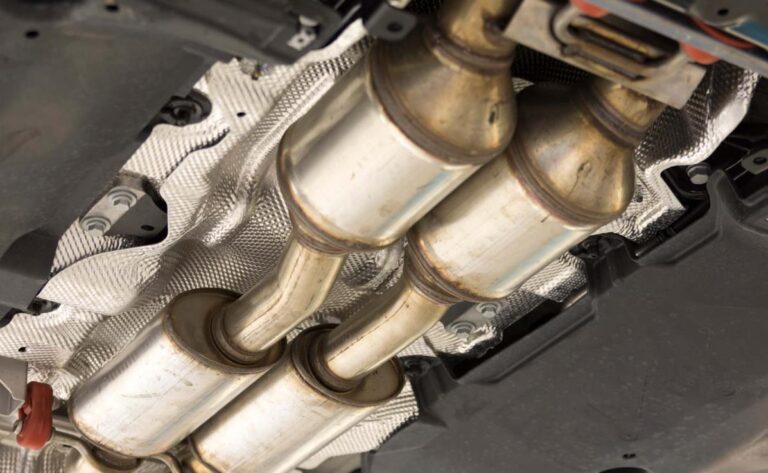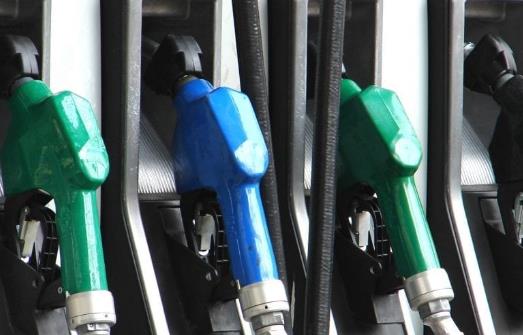What is passive authentication Tesla? Overview & Usage
With a brilliant new feature, Tesla is enhancing safety by enabling the owner to turn off tesla passive authentication, which unlocks the car when an approved phone enters the range of the car. In the past, if an approved smartphone came within range of a Tesla, the car would unlock and start automatically for the owner.
Tesla Passive authentication, more of a convenience feature than anything else, made it simpler for owners to enter the vehicle and begin immediately, allowing users to get in and start driving without touching a button.
However, Tesla might have understood that certain people might find this feature more dangerous.
Even if the range is not particularly great and the car opens when the driver is just a few feet away, someone with malicious intentions may likely exploit this and break into the car to steal items.
With the release of the app update version 4.20.75, Tesla will include the function. Owners will now have the option to toggle the functionality on or off using a button.
What is passive authentication Tesla?
Passive authentication is one of the update’s standout features. Previously, a Tesla vehicle would unlock or start if an authorized phone was close enough.

Owners can now turn off passive authentication, keeping their car locked and preventing it from starting unless they physically unlock it with the app or a key card.
Passive Authentication
Passive authentication is when the user’s identity is verified and reviewed without needing further specified activities.
Instead, without further user input or effort, the user’s activities, attributes, or other observable data are captured and examined for proof of identification. Fundamentally, passive authentication is effortless.
When coupled with the already-existing login prompts, the invisible MFA technology in Plurilock ADAPT is a type of passive authentication that adds numerous extra identity verification criteria without necessitating additional user action.
Instead, while users enter their username and password as usual, identity signals are captured, providing considerably greater identity validation without further effort from the user.
Tesla updates its mobile app with a new passive authentication capability.
Although it may not seem particularly useful initially, Tesla has discreetly added a new function to its mobile app, adding an extra layer of security for owners.
Version 4.20.75 of Tesla’s mobile app was available on the iOS App Store earlier this week.
Even though the release notes just referenced “minor fixes and improvements,” Passive Authentication was a new feature that had been added.
The function, accessible from the ‘Security and Drivers’ menu, alters how you lock and unlock your car and operate the ignition.
When the feature is activated, your phone keeps working as a key for your car, letting you walk up to it and start it without getting a key.
If you turn it off, your phone is no longer a mobile key, and you must use a key card to lock and unlock your car and shift into drive.
You might be wondering why this is referred to as a safety feature. That’s because Bluetooth’s practical range is one of the major drawbacks of utilizing your phone as a mobile key.
When your phone acts as a mobile key, the car will lock once its Bluetooth signal is no longer detected.
With a range of up to 33 feet (10 meters), you risk leaving your automobile open after leaving it unattended.
Why not switch Bluetooth off because that achieves the same result, you might be asking now. Because Bluetooth can be used for various purposes, only some want to turn it off.
One use case, as mentioned by one of our readers, Dan Burkland, is that since he typically remains within Bluetooth range when attending his gym, he can now utilize his Bluetooth headphones while turning off the mobile key.
Tesla may improve the feature by enabling passive authentication with geofences so that you don’t have to manually switch it on and off every time, similar to how they enable folding mirrors based on location.
Conclusion:
Passwords are a problem, not because they are passwords, but because of how they are used.
Friction happens when users have to come up with and remember strong, long passwords, which makes their work harder.
Users make short, weak passwords so they don’t have to deal with problems. Because of this, passwords are not safe, and security needs to be improved.
To do this, more levels of authentication, like Tesla passive authentication, are usually added, often in the form of a second PIN that is texted to the user’s phone.
The problem with this method is that it makes the user friction that caused the problem in the first place even worse. Users are much more likely to make SMS codes easier (and therefore less safe) if they break password rules or complain a lot about the process.
The use of inactive biometrics (like keystroke patterns) and behavioral analytics (like time stamps and IP geolocation) to identify users, neither of which are inherently annoying to users, maybe the answer to the problem.
It has just recently started to show up in market products, but so far, only in small amounts.
Frequently Asked Questions
Is preheating a Tesla battery required?
Tesla recommends using Trip Planner to arrive at a charging place 30–45 minutes ahead of schedule to allow the battery to achieve the optimal charging temperature. Consider preconditioning the battery before driving if the distance to the charging station is less than 30 to 45 minutes (see Before Driving).
Is Tesla Auth secure?
Your username and password are transferred to Tesla directly through the in-app browser at all times, and your created tokens are stored securely encrypted in the macOS Key vault. At no point is any information exchanged with the developer.
On my Tesla, how can I turn off multi-factor authentication?
How can I turn off two-factor authentication? You can turn off multi-factor authentication by signing into your Tesla Account and deleting all registered devices.
What sort of authentication is passive?
Passive authentication is when a user logs in via “a web form displayed by the identity provider and the user is requested to log in.” For additional information on active and passive authentication, see this document.

Welcome to the exhilarating world of Matt Rex, a professional car racer turned renowned vehicle enthusiast. Immerse yourself in his captivating blog as he shares heart-pounding adventures, expert reviews, and valuable insights on cars, trucks, jets, and more. Fuel your passion for speed and discover the beauty of vehicles through Matt’s engaging stories and meticulous expertise. Join the ever-growing community of enthusiasts who find inspiration and expert advice in Matt Rex’s blog—a digital hub where the thrill of speed meets the pursuit of knowledge.







